With a mix of Central European cultures that have come and gone over the centuries, Gdańsk and the Tri-city area in the 21st century offers a cross-section of unique drinks and dishes that continue to delight locals and visitors.
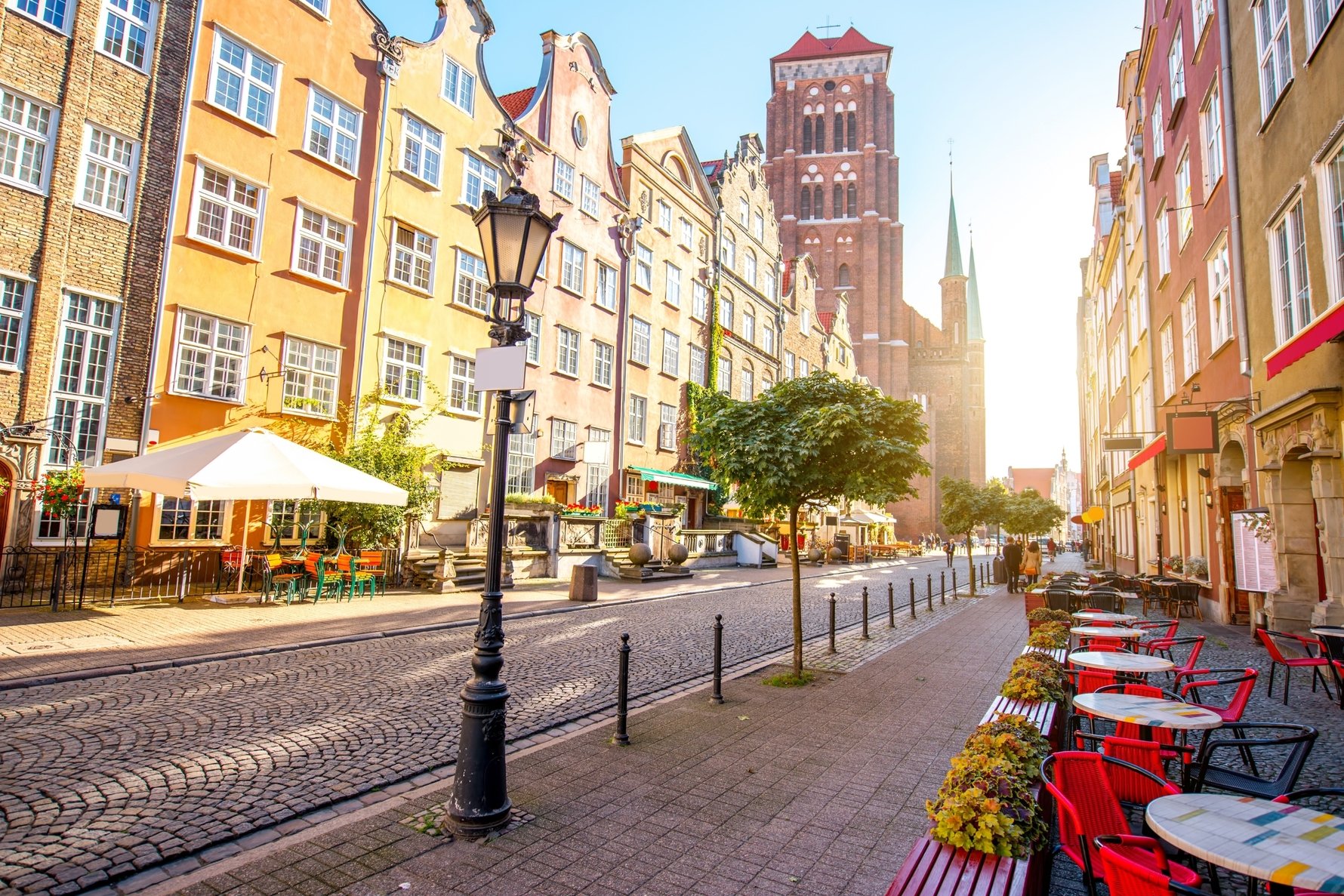
Gdańsk and the surrounding area has been on the map for well over a millennium, though it has changed hands between Poland and Germany a number of times and, while it has occasionally been a sore point in history, the legacy of gastronomy and brewing culture is something that Tri-city holds dear. Another legacy of this cultural crossroad is the land of Kashubia - a historic region of Pomerania to the west of Tri-city, inhabited by the Kashubian ethnic group who, culturally and linguistically, have a foot in both worlds as well. Making their presence known in town, there are opportunities to sample Kashubian cuisine in various restaurants and food stalls in the summertime.
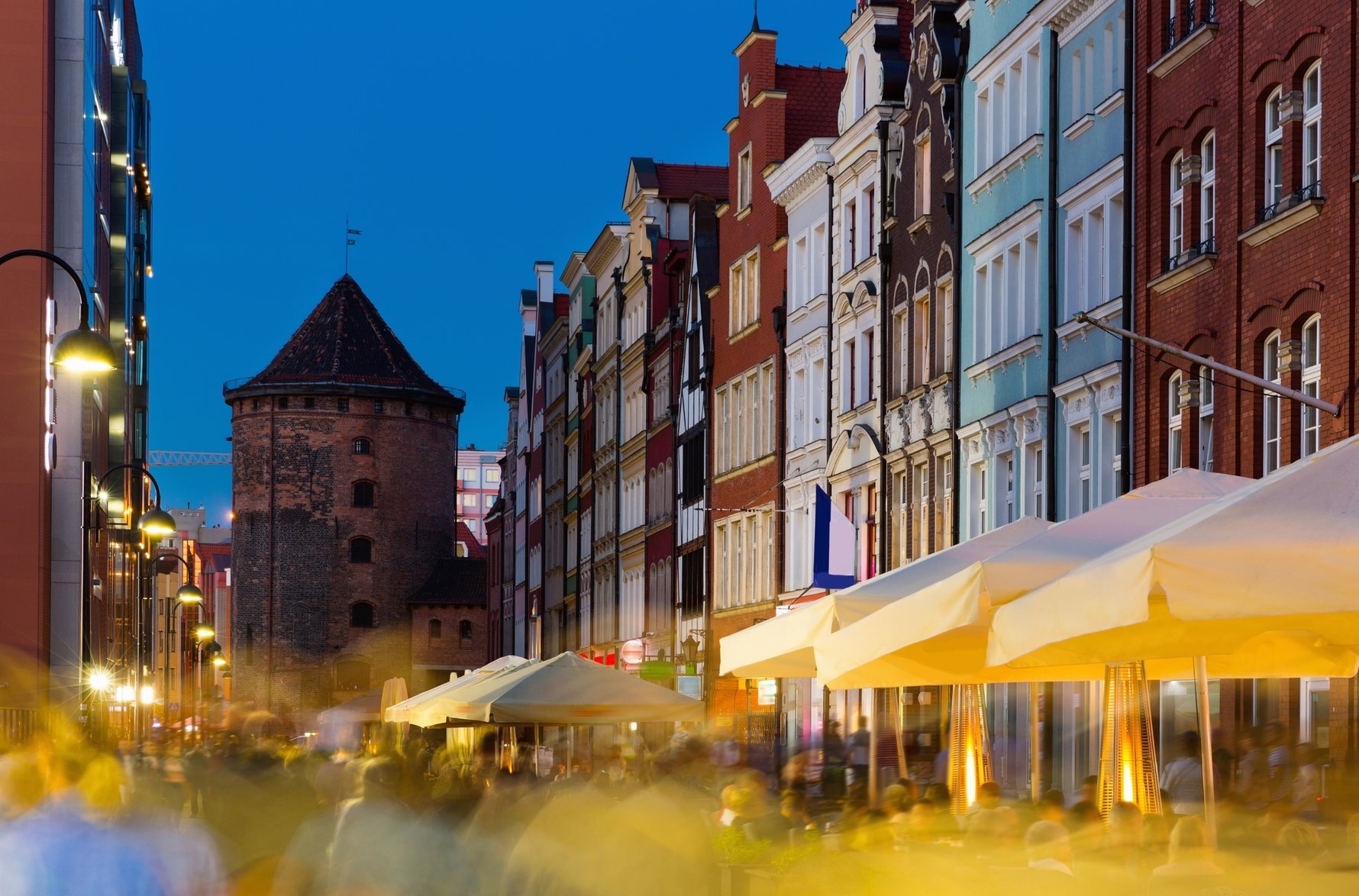
Polish Cuisine
Pierogi
The national dish of Poland, the Tri-city loves its fill of Pierogi (dumplings) with many different fillings. The most popular are Ruskie (Russian - with potato and cottage cheese), Z Kapustą i Grzybami (with pickled cabbage and forest mushrooms), and Z Mięsem (with meat). There are plenty of other variations can be found - keep an eye out for Z Dorszem (with cod fish), which is a local speciality, and chocolate and fruit pierogi can be indulged for dessert!Where to try: Mandu Pierogarnia, Vis a Vis
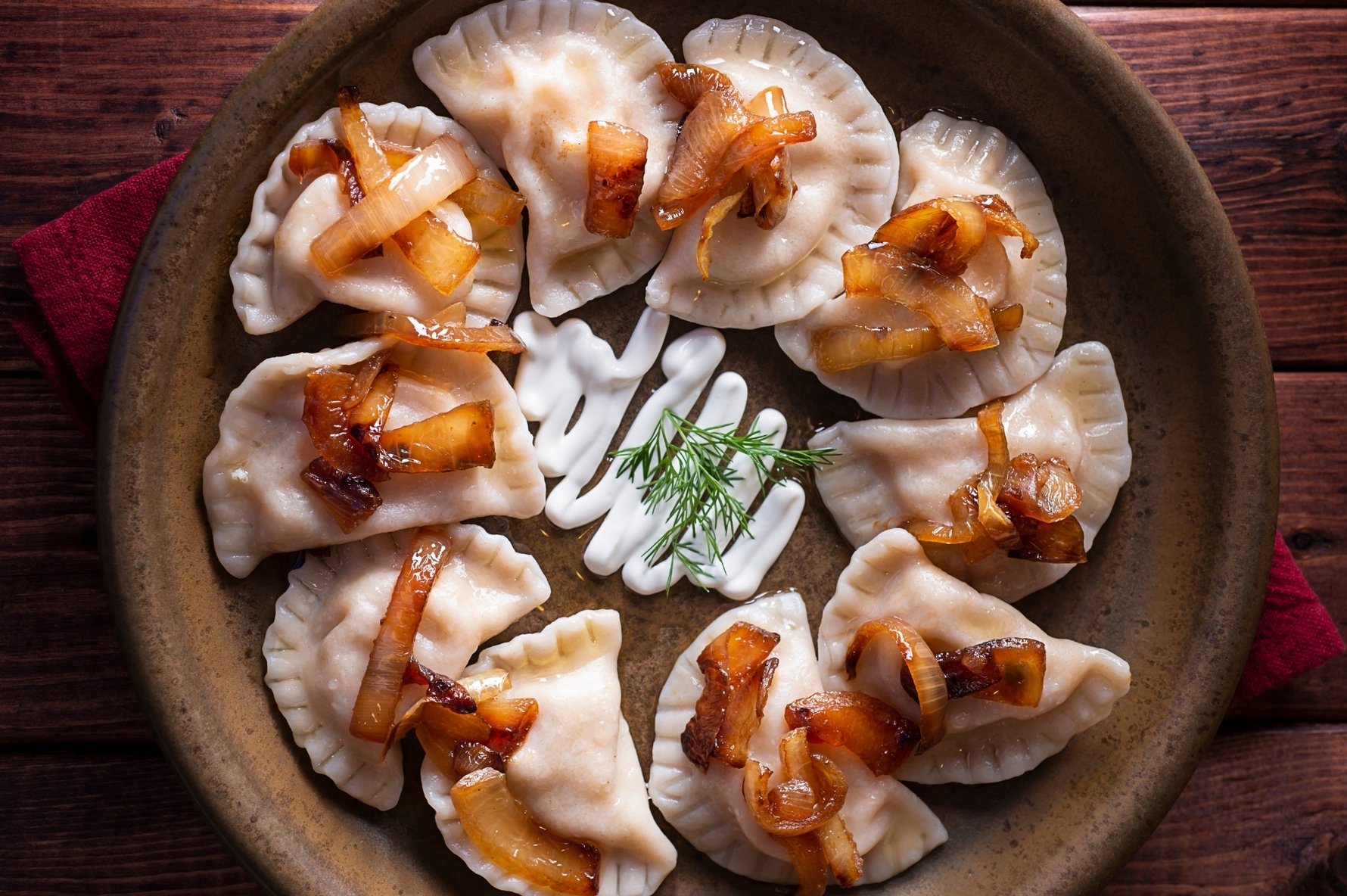
Pajda ze smalcem
Poles, but particularly Pomeranians, love to slather savoury smalec (ENG: animal fat) on their bread, and chunky lard with bread is a popular complimentary starter at restaurants. In summertime pajda ze smalcem is almost as popular as ice cream, and is served from street food stands on large slabs of sourdough bread with pickles. A meal in itself, if you don't indulge in meat, you might be able to get your pajda (Polish for a large hunk of bread) z masłem cznosnkowym (with garlic butter), which is also delicious.Where to try: Tri-city food fairs and street food stands.
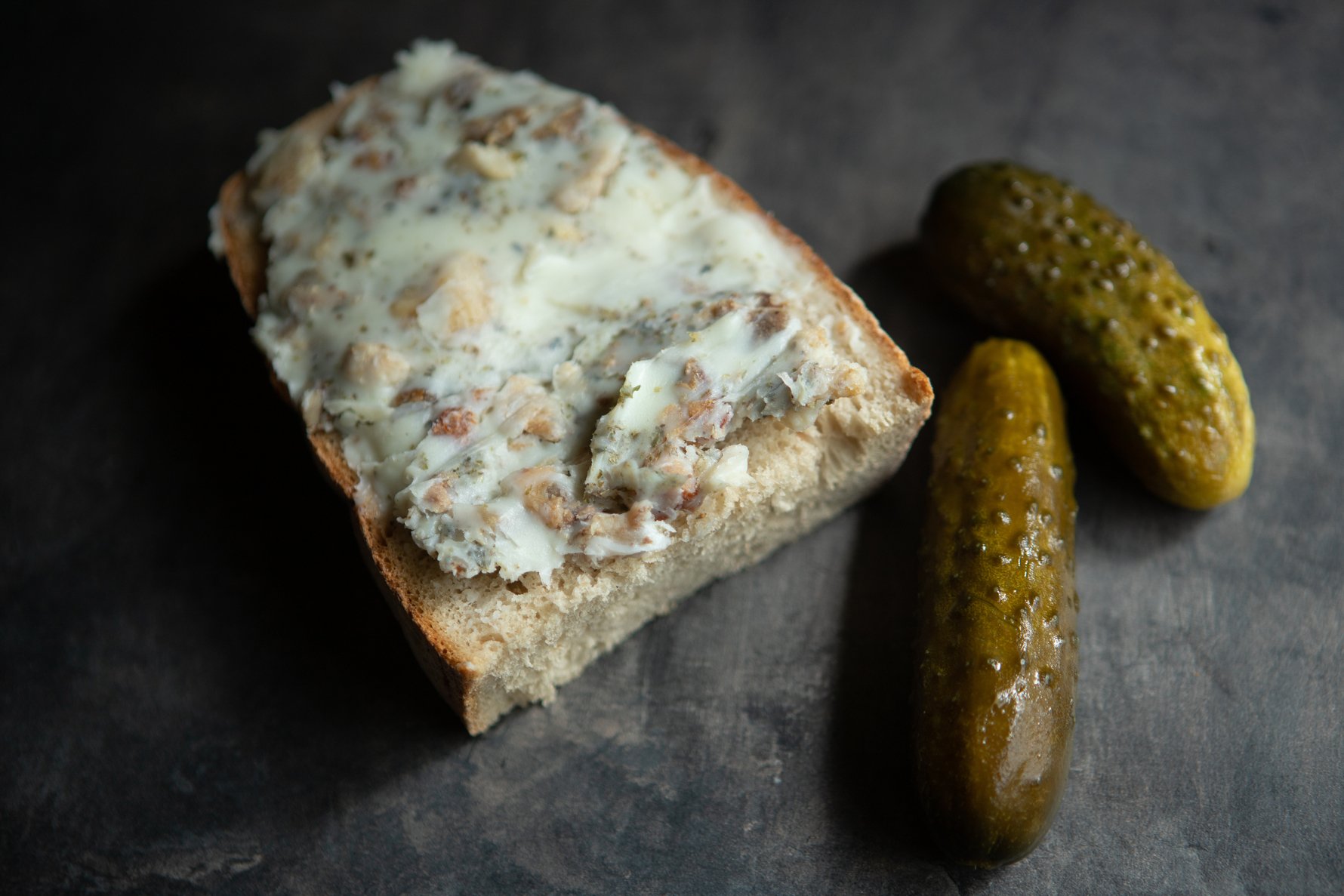
Fresh fish
While it may seem obvious, we thought we might as well say it aloud - the Tri-city is on the Baltic Sea, therefore you're right at the source of Poland's fishing industry. A key ingredient in Kashubian cuisine, as well as keeping Fridays holy all over the country, there's no better place to indulge in Northern European fish than right here. Popular catches are Flądra (Flounder), Salmon (Łosoś), Dorsz (Cod), Pollock (Mintaj), Mackerel (Makrela), Sprats (Szprotki), and, of course, Śledź (Herring).Where to try: Zafishowani, Gdańsk Market Hall, Targ Rybny
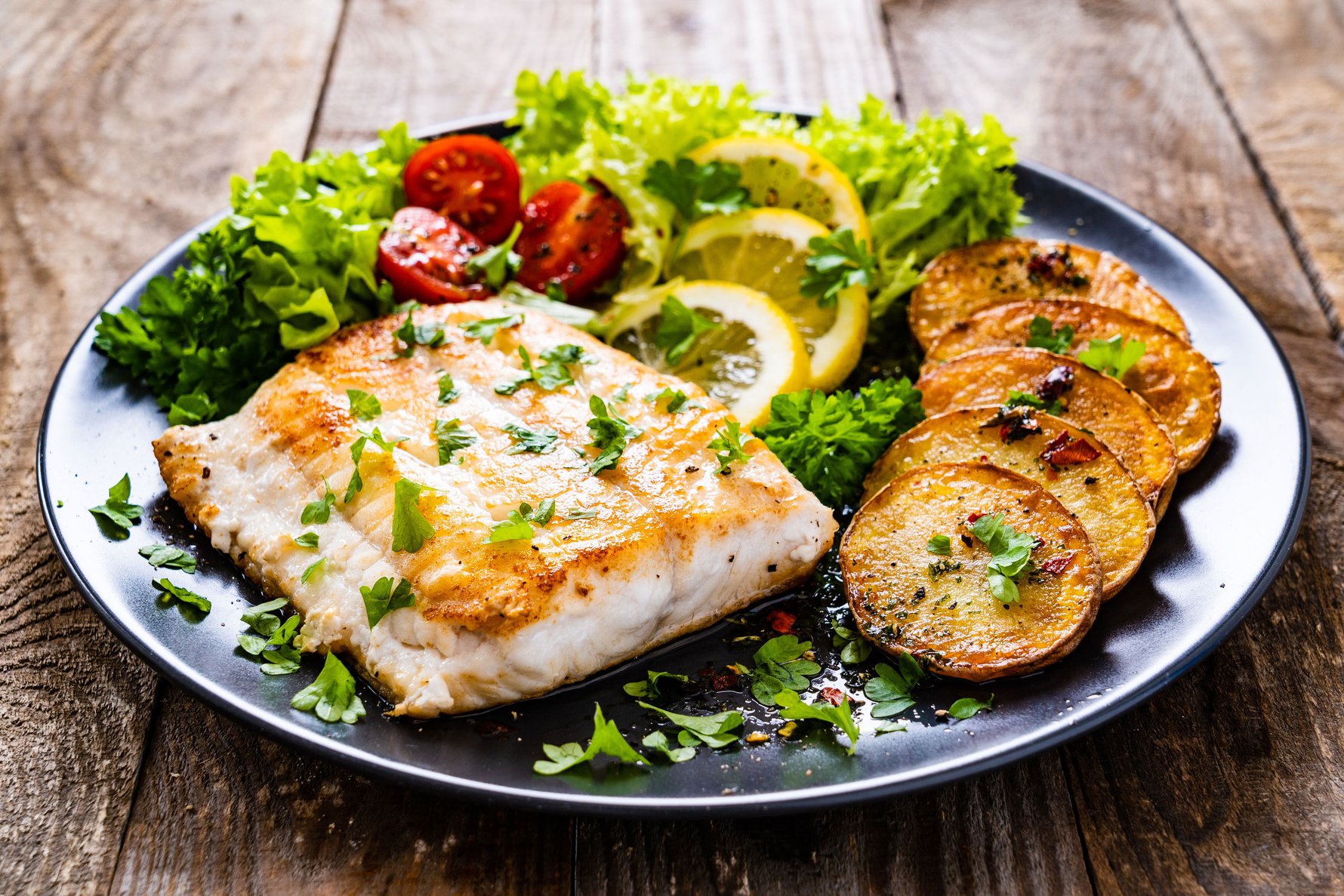
Kashubian Cuisine
Where to try: Polskie Smaki (Sopot), St. Dominic's Fair (Summer Event)
Śledź Po Kaszubsku
Arguably the most recognisable dish from the region, Śledź Po Kaszubsku (ENG: Kashubian-style Herring) combines two of Kashubia's favourite ingredients - Herring and Raisins. Variations may have pickles, cream, tomato sauce, and even chopped apple thrown into the mix, but the first two are essential!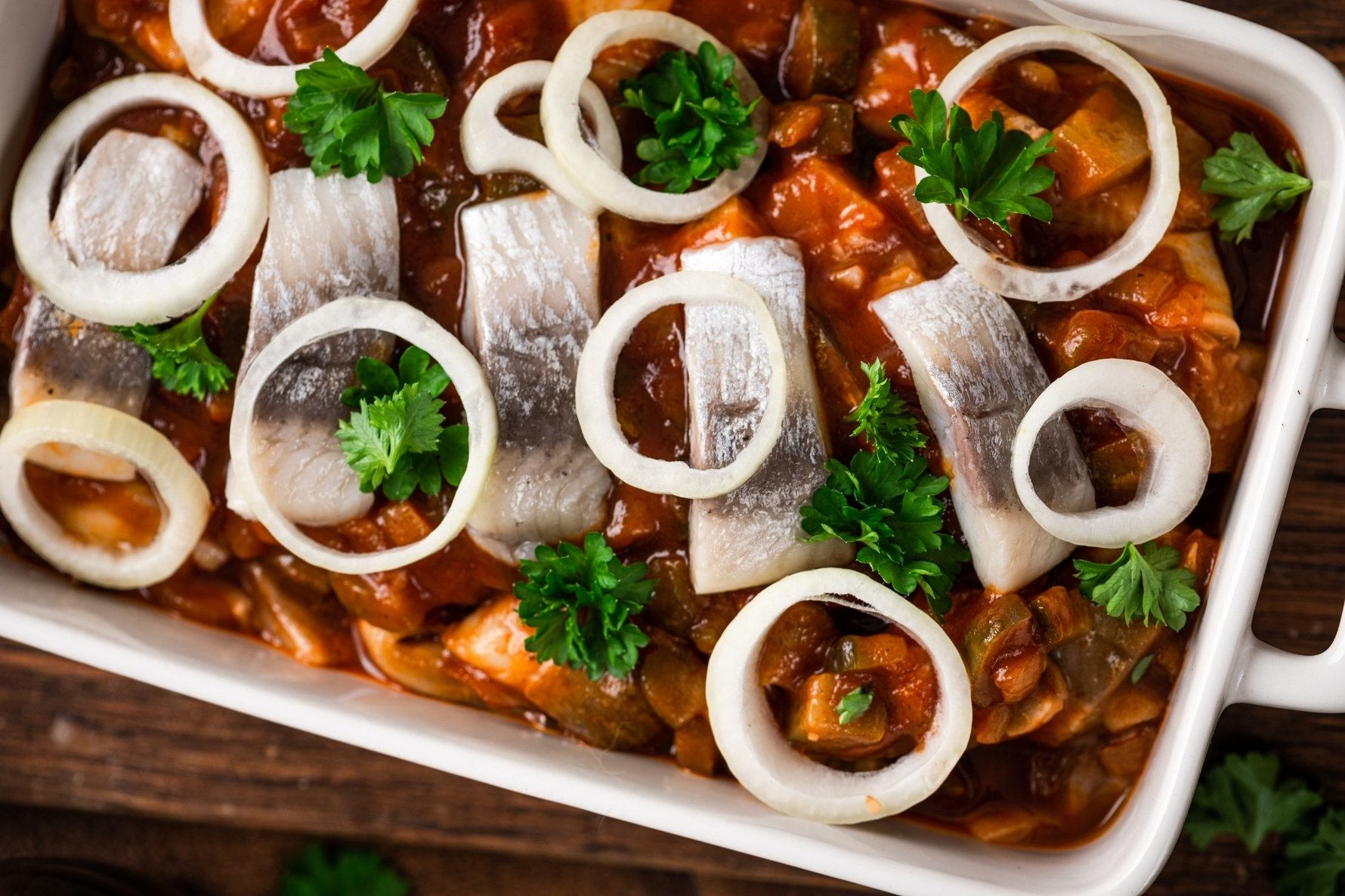
Brzôdowa Soup
A popular dish for Kashubian families over Lent (Easter's fasting period), Brzôdowa Soup makes use of dried fruits such as pears, apples, plums and cherries. Throw in some kluski (thick pasta strips) and you have yourself one hell of a soup!Goose
There are plenty of animals that make the cut (literally) for Kashubian cuisine. However, geese make quite a regular appearance on the dinner tables of Kashubian families, which is the legacy of widespread goose farming in Pomerania. Piersniczi, for example, is picked/marinated goose breast that is smoked with Juniper and Fruitwood. Obôna, or Okrasa in Polish, is raw goose meat prepared in a tartare-style paste with lard, that is used on sandwiches and in soups, as well as appearing as a side with many breakfast orders in Tri-city restaurants. Gęś Pomorska Pieczona is a roasted whole goose with a uniquely fruity aroma, thanks to being prepared with apples!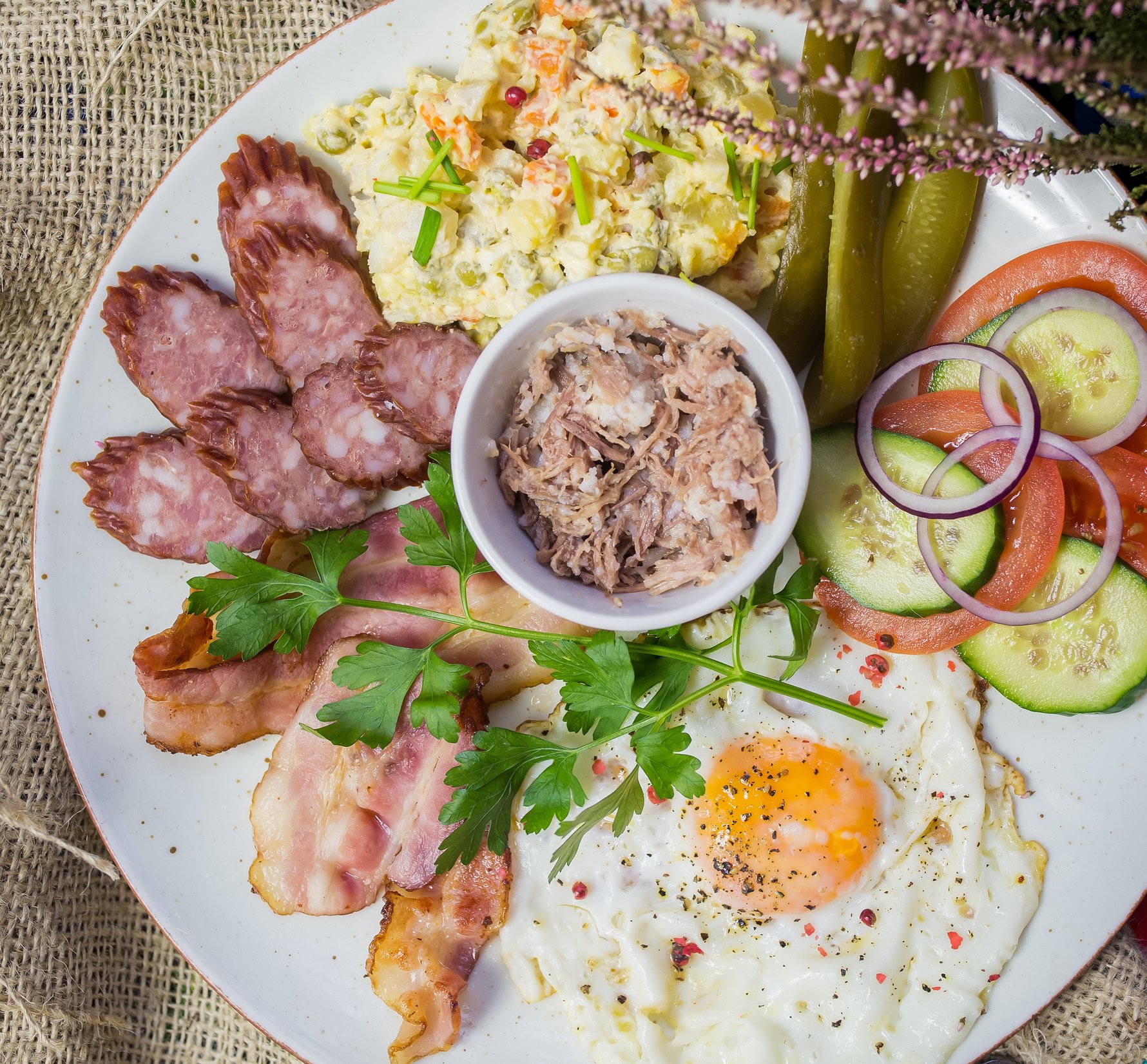
Ruchanki Kaszubskie
Oval pancakes, traditionally made from rye dough, pan-fried to achieve a golden-brown crust, and served with jam and whipped cream. Popular in the Carnivale period (the last period of indulgence before Lent begins), chopped apples are often thrown into the mix to give it some natural sweetness! If you're dying to try them, you'll find them on the menu in Sopot's Cały Gaweł.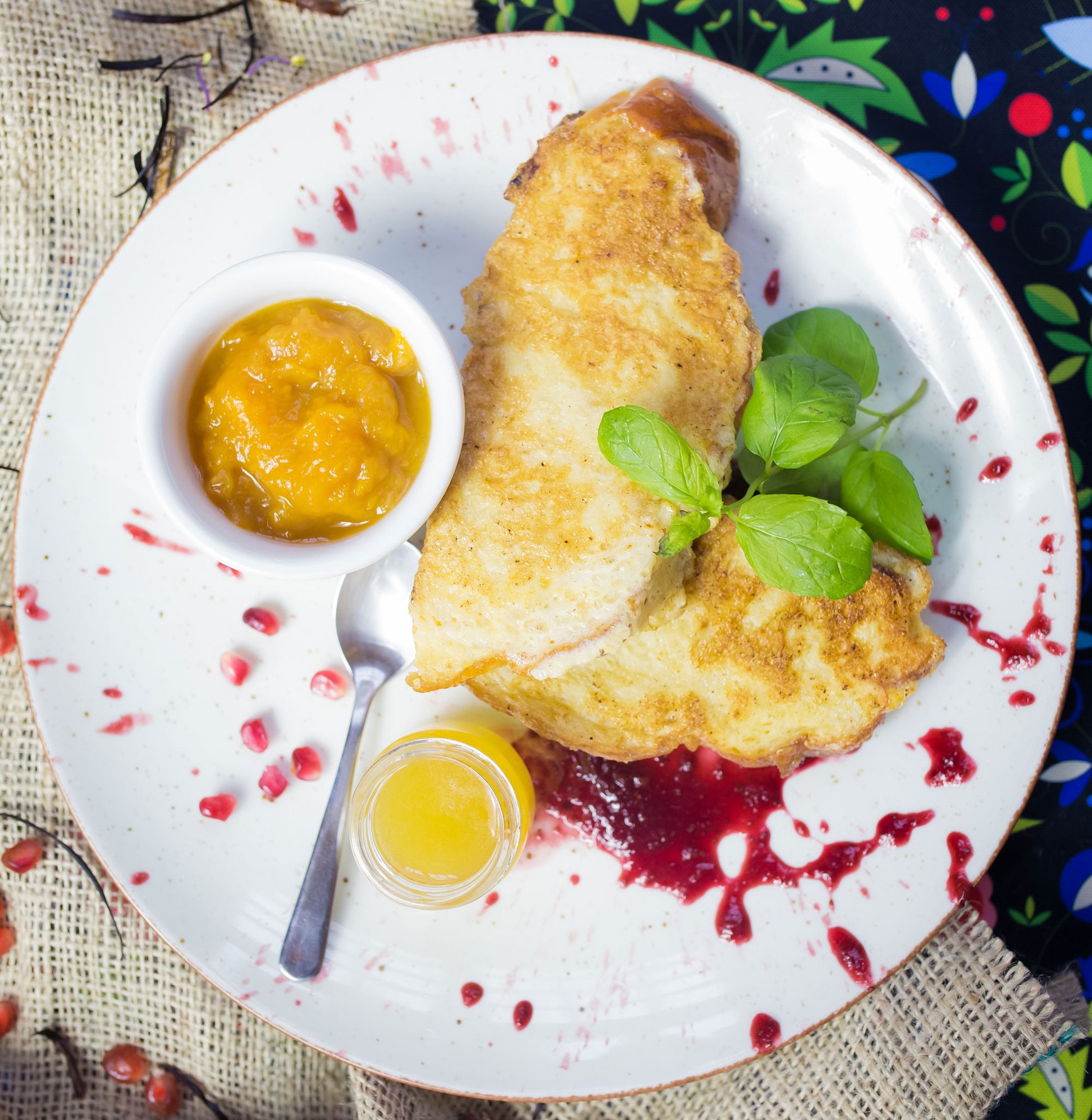
Alcohol
Craft Beer
Without a doubt the most Germanic thing to be rubbed off on Polish society, 16th-century Danzig grew dominate the regional brewing market with some 400 breweries in operation, mostly located on the appropriately-named ul. Piwna (ENG: Beer Street). While Poland is stereotyped as being a vodka nation, the numbers show that beer is actually far more popular. As for the worldwide craft beer revolution, Gdańsk embraced its roots, reopening several historic 'bier kellers' with some very impressive modern brewing operations installed. Elsewhere, up-and-coming micro-breweries from regional Pomerania have successfully established themselves in each of the three Tri-cities.Where to try: Brovarnia, Piwnica Rajców, PG4, Ale Browar
Read our article on Local Beer in Gdańsk
Wódka
Providing the world with many a stereotype about Poles and Poland, Wódka (or 'Vodka') is actually not as popular as you may think. Statistically speaking, beer is actually far more popular, though, during the communist era, vodka was a cheap alternative as well as bootleg distilling being common place at the time. Typically associated with the mighty potato as a key ingredient, it should be noted that grains are also used in traditional production, with rye being a more common ingredient in Poland.Where to try: Pijalnia Wódki I Piwa, Winston Bar
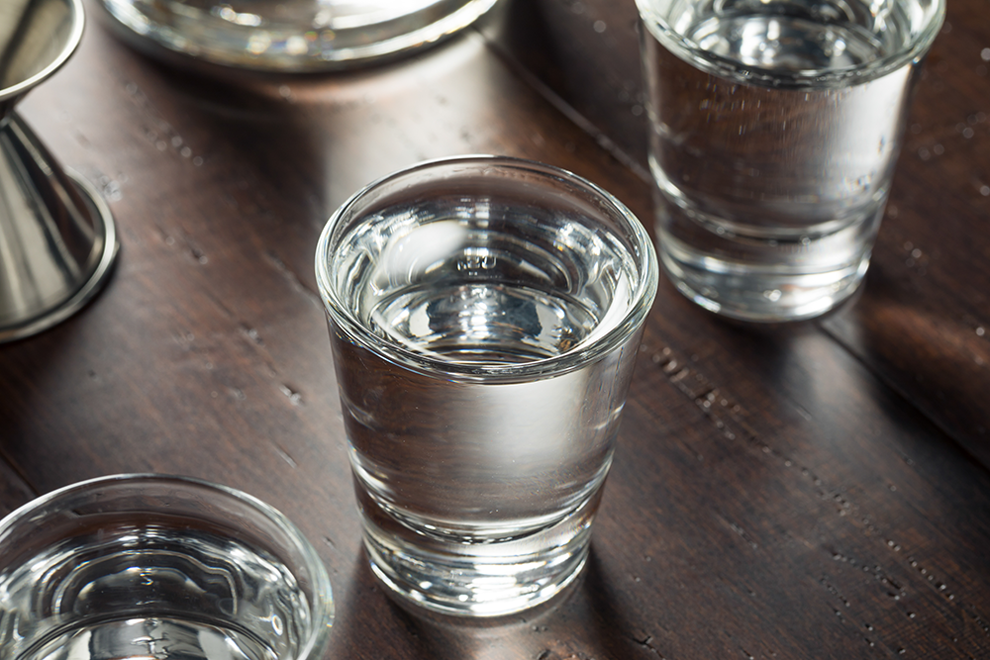
Nalewka
Dare we say 'more popular' than straight vodka, locals (especially the fruit-lovin' Kashubians) love themselves a shot of Nalewka - fruit-infused Vodka - from time to time, and many restaurants and bars have their own house batch. Among the variations you can find is cherry-based Wiśniówka, and a pharmacy-bar of the same name in Gdańsk is a good starting for your Nalewka adventure.Where to try: Wiśniewski, Na Drugą Nóżkę (Sopot)
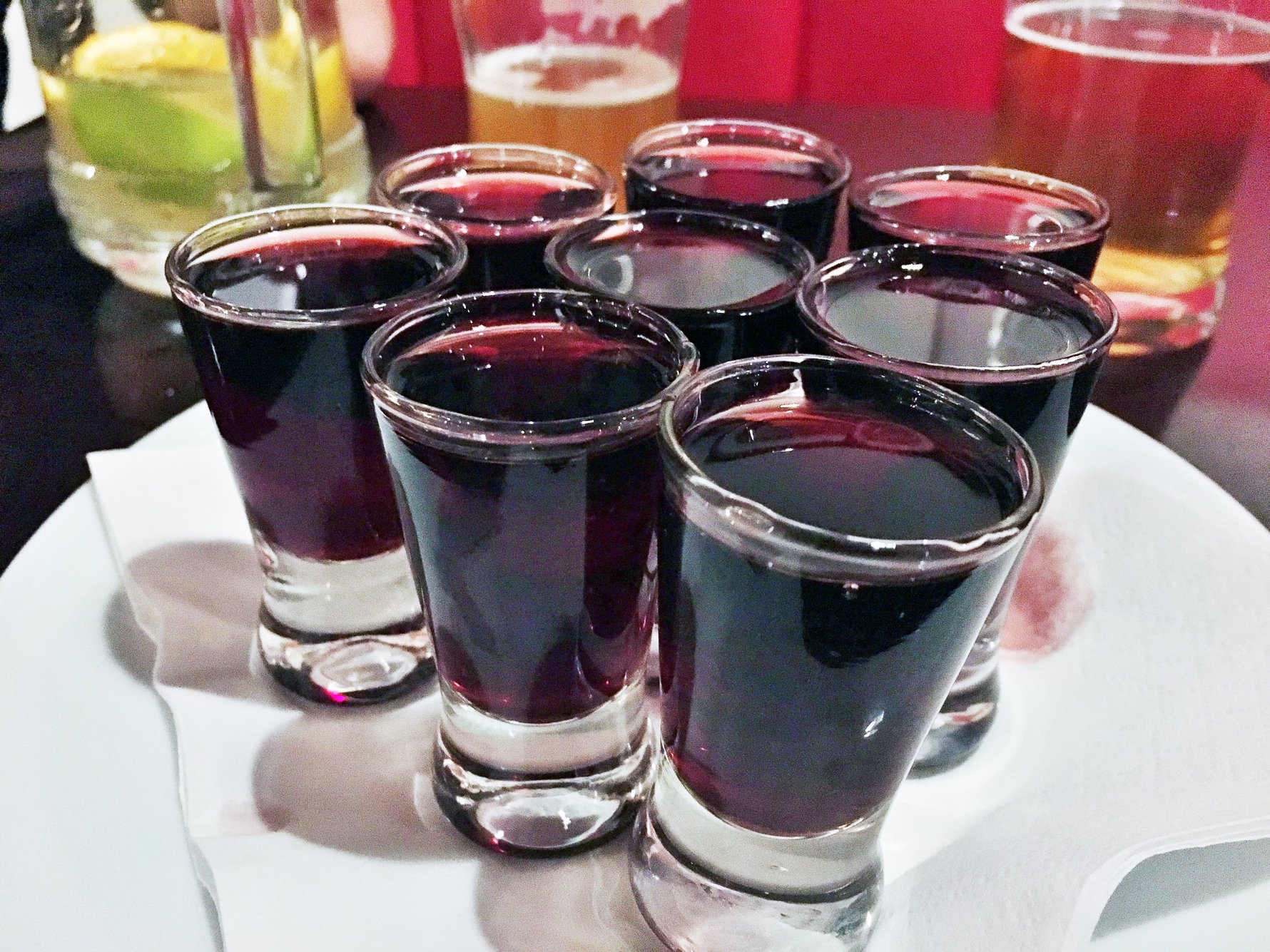
Okowity
Also known as bimber, the word 'Okowity' comes from the Latin 'Aqua Vitae', a spirit distilled 3 times to achieve an alcoholic strength of up to 80%. Okowity arrived in Poland in the 16th century via either Germany or Italy, originally being a drink available mainly to the wealthy bourgeoisie. Also produced from grain or potatoes, it is notably more aromatic than vodka, and has thus maintained its status amongst the most refined of spirit connoisseurs!Where to try: Podole Wielkie i Przyjaciele
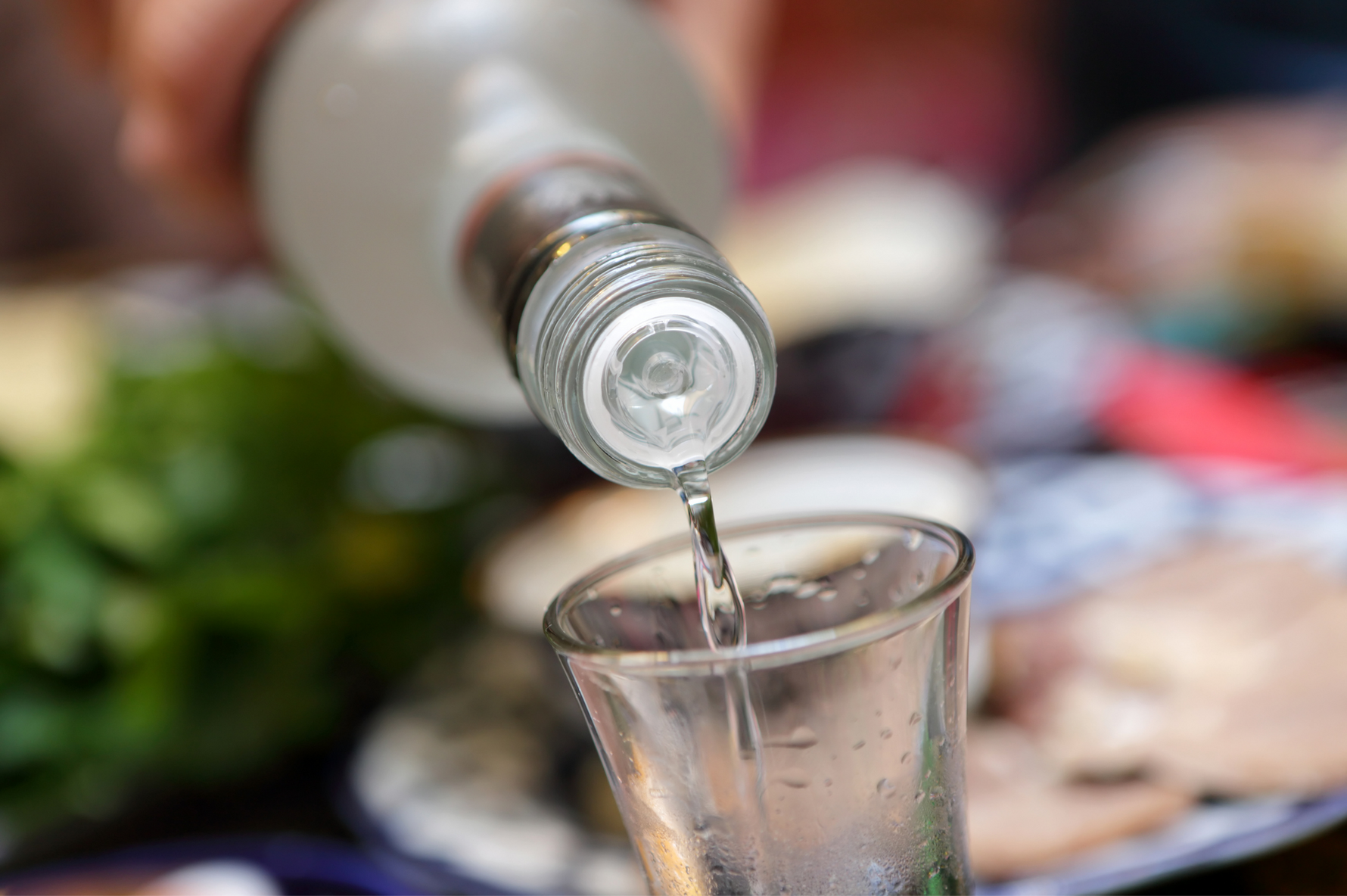
Goldwasser
A celebrated Gdańsk tradition since 1598, Goldwasser is a unique alchemic elixir characterised by the 22 karat gold flakes floating in it. One of the oldest liqueurs in the world, Goldwasser’s secret recipe contains some 20 roots and herbs, combining to create a sweet, but spicy flavour with touches of anise, pepper and mint. This is the ultimate souvenir of Gdańsk, and can be consumed in numerous restaurants and bars around Tri-city.Where to try: Goldwasser Restaurant, Tłusta Kaczka (Gdynia)
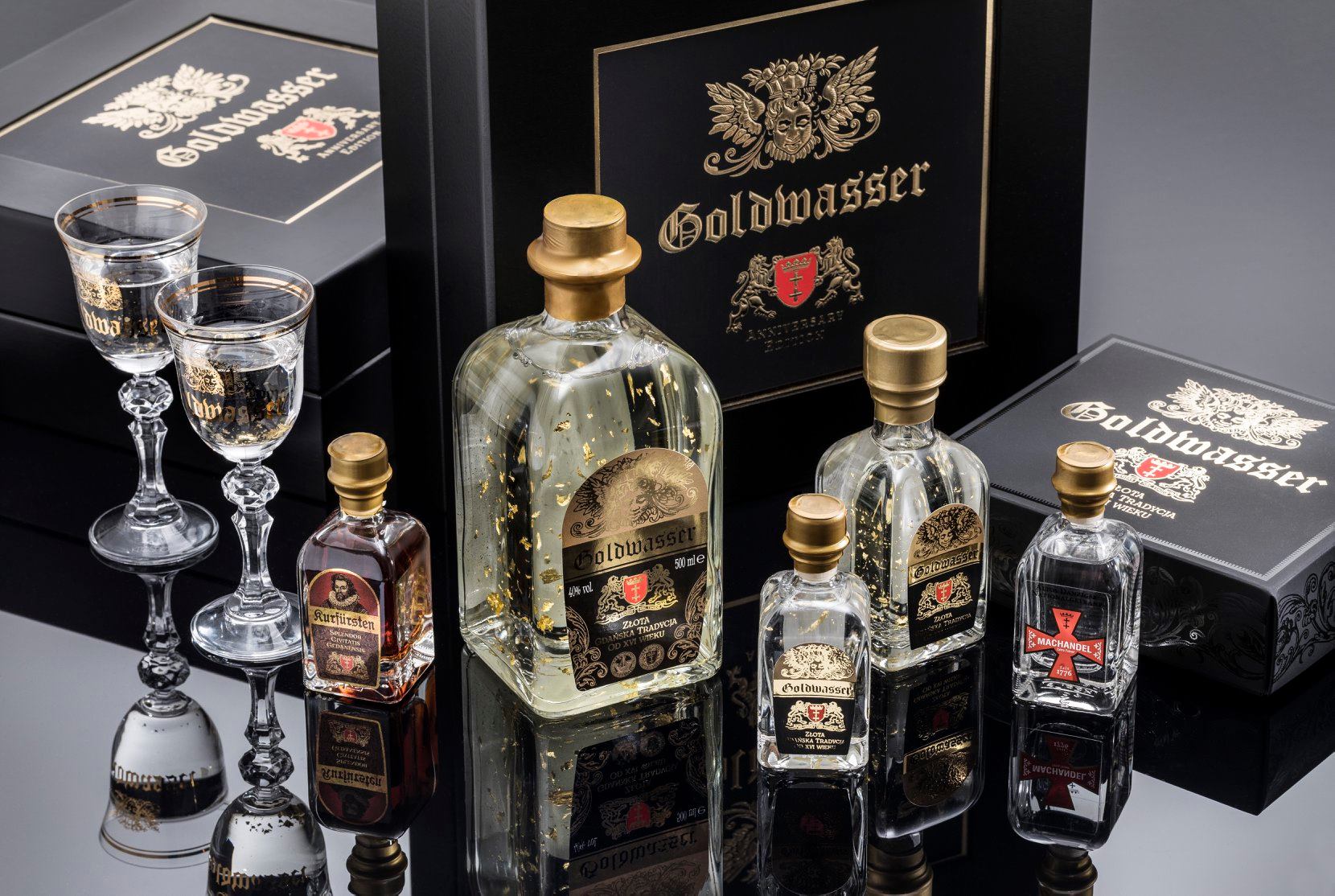
Machandel
Once described as the 'State Drink of Danzig', Machandel is a strong juniper-based liqueur with a smooth taste and firm kick. Originally produced by the Stobbe family in the nearby town of Tiegenhof (now Nowy Dwór Gdański) Machandel had been out of production since WWII, but has recently been revived using the original recipe and is once again available in select Gdańsk restaurants.Where to try: Gdański Bowke, Goldwasser Restaurant
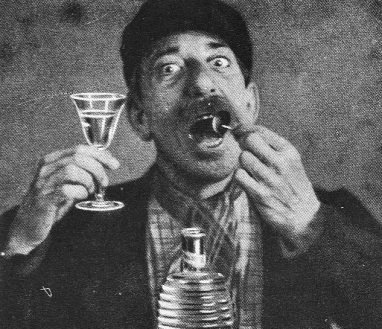


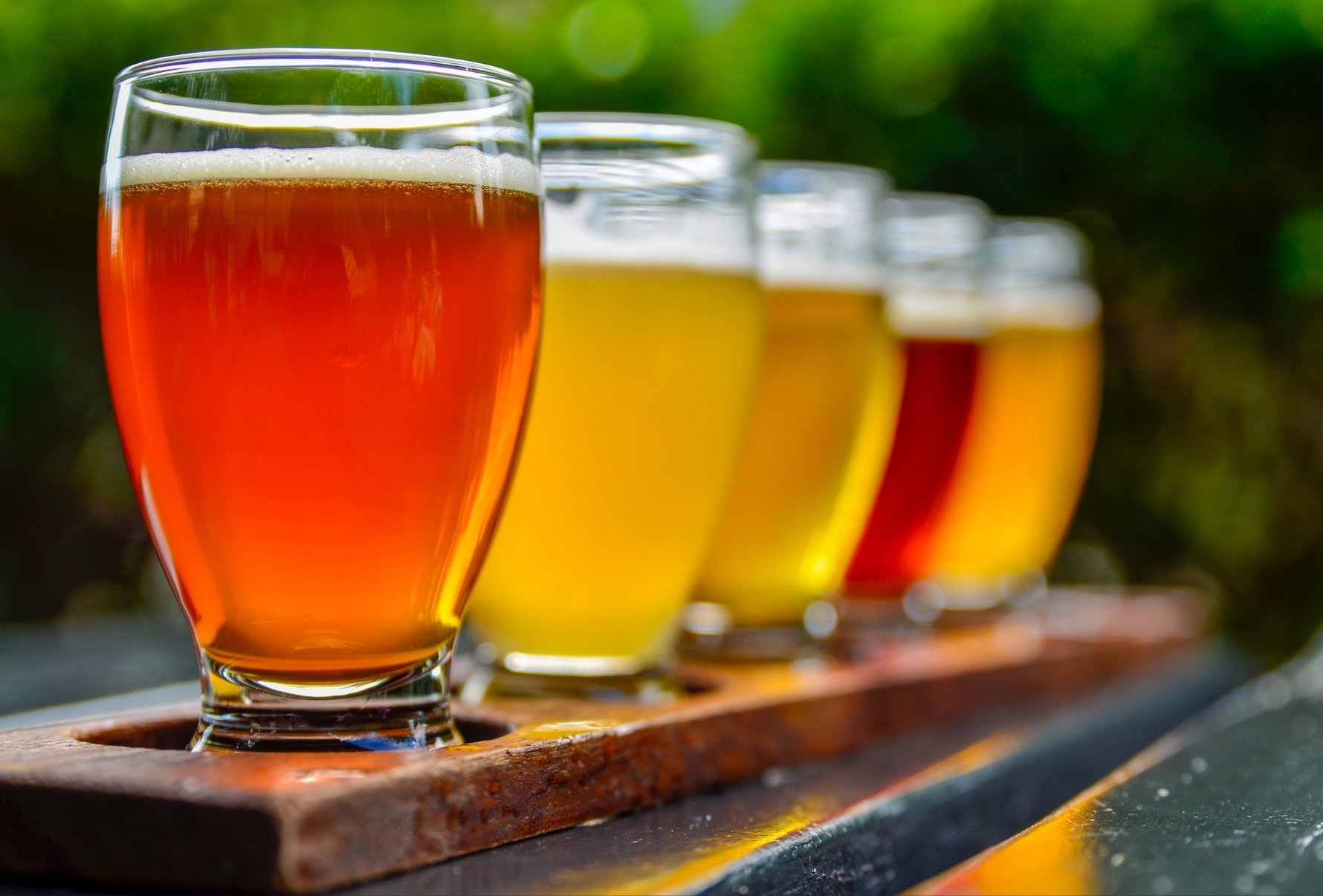
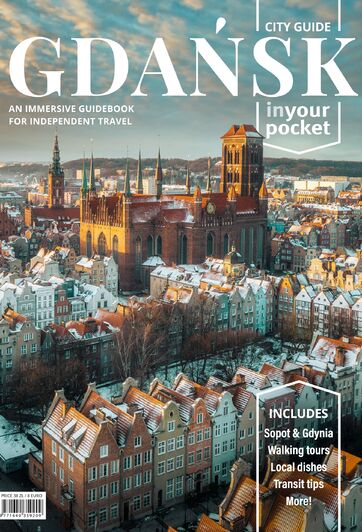
Comments